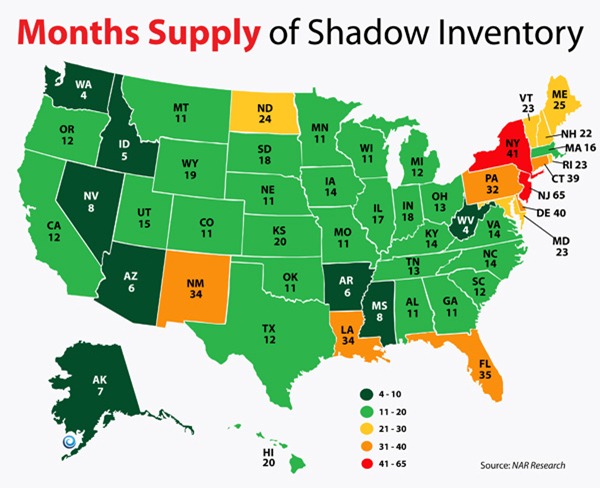 In the last three articles of our Green Guide to Prefab series we discussed the history of prefab design, the evolution of mobile homes into modular prefabricated homes, and ways to maximize eco-efficiency when choosing a site for your prefab. Despite certain components being prefabricated off-site, prefab homes actually offer a lot in the way of customization, allowing individuals to customize many features to create the perfect living environment for the lifestyle of the owner. In the latest article in our Green Guide to Prefab series, we’ll be taking a closer look at the idea of an owner’s lifestyle, and we’ll tell you the questions you need to ask in order to build a home that fits with your life. Read ahead as former Lindal Cedar Homes CEO and green design consultant Michael Harris returns to Inhabitat to walk us through the business of examining lifestyle and understanding why this element is crucial in creating a happy, comfortable and enduring home.
In the last three articles of our Green Guide to Prefab series we discussed the history of prefab design, the evolution of mobile homes into modular prefabricated homes, and ways to maximize eco-efficiency when choosing a site for your prefab. Despite certain components being prefabricated off-site, prefab homes actually offer a lot in the way of customization, allowing individuals to customize many features to create the perfect living environment for the lifestyle of the owner. In the latest article in our Green Guide to Prefab series, we’ll be taking a closer look at the idea of an owner’s lifestyle, and we’ll tell you the questions you need to ask in order to build a home that fits with your life. Read ahead as former Lindal Cedar Homes CEO and green design consultant Michael Harris returns to Inhabitat to walk us through the business of examining lifestyle and understanding why this element is crucial in creating a happy, comfortable and enduring home.
HOW YOUR LIFESTYLE AFFECTS THE PLANNING PROCESS
For many people, building a home is an exciting prospect that draws upon long-time dreams of creating a living environment that reflects their sensibilities, individuality and independence. Those who opt for prefabricated housing over moving into new communities of cookie-cutter tract houses are typically stirred most by those values — and this is what makes them as unique as the houses they seek.
Some of you are looking forward to planning your new home from scratch and are excited by the opportunity to proceed at a leisurely pace as you plan every detail with an architect. Others of you have may have already designed your dream home on paper and are seeking an expert such as an engineer to help you refine your creation and bring it to code. But there several of you who aren’t working from scratch, but are instead seeking out an existing design that will serve as a good starting point to developing your home. Prefab design is an attractive option for those in search of a perfect lifestyle fit without investing all the time, anxiety and headache that comes with building something from scratch.
One of the most important first steps to building a new home is to decide which of the above approaches best describes your planning temperament. Once you’ve done that, you need to explore this with prefab home builders. By visiting several builders you’re more likely to find one who can provide you with the type of planning experience that suits your lifestyle and temperament. It is important to ask a lot of questions to determine who is your best fit — your choice will bring you closer to making your dream home a reality.










